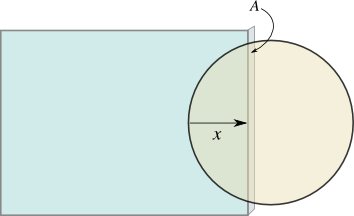Decapitation: Energy or momentum?
Posted by David Zaslavsky on — Edited
http://scienceblogs.com/dotphysics/2010/06/collisions_kinetic_energy_or_m.php
Took the words right out of my mouth. Or right off my keyboard. Whatever. I’m just happy to see other people are considering the same questions.
But I’ve got a couple of things to add. First of all, kinetic energy can be easily related to momentum using the formula
which tells you directly that an object with the same energy but larger mass will have a larger momentum.
Also, the big question: is it energy or momentum that gives a collision its decapitating power? My thought is that it actually depends on force. Think about this from the point of view of a particle in the neck. This particle doesn’t “know” (as if a particle could “know” anything) how big the sheet of glass hitting it is; it doesn’t “know” how much energy or momentum the glass has. The reason is that energy and momentum are what I’m going to call global properties, basically meaning that the total amount of them possessed by some object comes from contributions from all different pieces of the object. To measure a global property of the …
